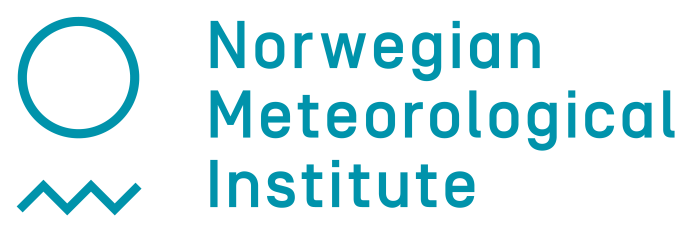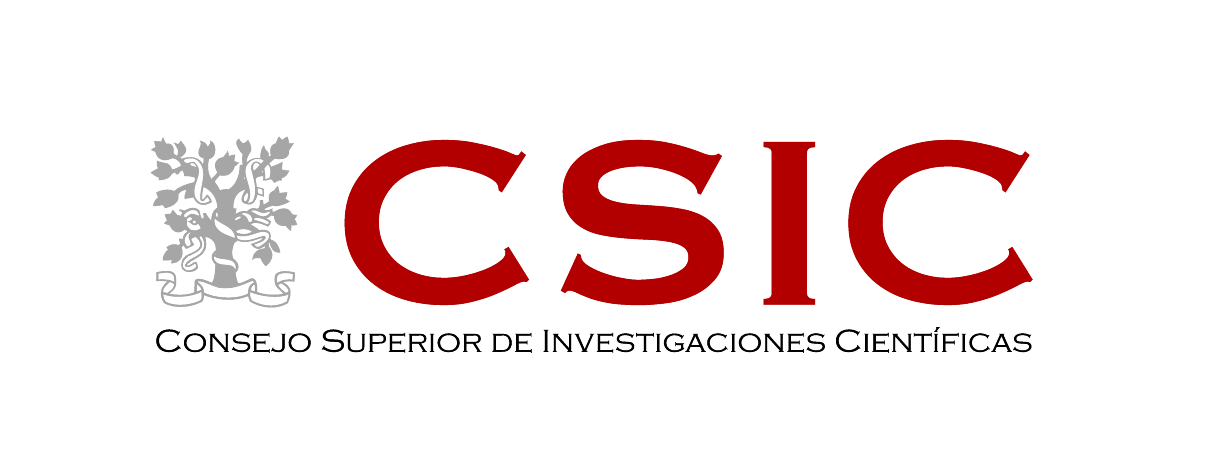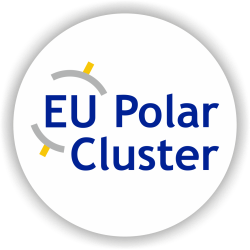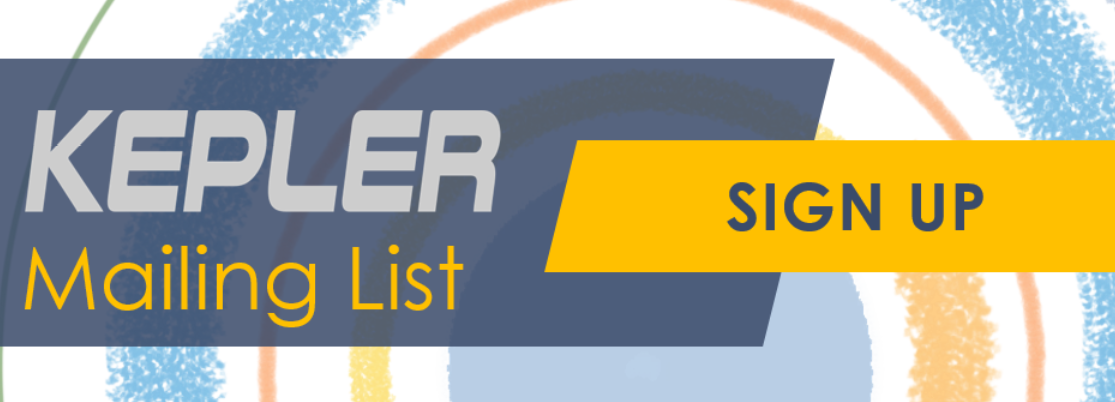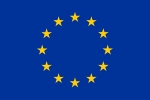WORK PACKAGE 2
Polar Regions provision in Copernicus Services
Objectives
Work package 2 focused on providing ways to improve the ability of Copernicus to describe the changing Polar Regions in the light of different scenarios of the availability of additional complementary data from space. It aims to achieve the following:
1) Give status of present and already planned activities led by Copernicus services.
Status to date. Complete. WP2 provides a description of current status and already planned Polar Regions provision in Copernicus services. This work package provides ways to improve the ability of Copernicus services to describe the changing Polar Regions in the light of different scenarios of availability of additional complementary data from space.
2) Present a vision for complementing the existing services and feeds both service evolution (WP3) and an end-to-end operational integration (WP5). WP2 presents a vision for complementing the existing services and feeds both service evolution (WP3) and an end-to-end operational integration (WP5). Land/cryosphere and marine services components for both short-term and long-term description with C3S are respectively addressed in T2.1 and T2.2. The synthesis among Copernicus services is undertaken in WP5.1.
Tasks
| T2.1 Copernicus Land Monitoring Service (CLMS) | Marko Scholze |
| T2.2 Copernicus Marine Environment Monitoring Service (CMEMS). | Gilles Garric |
Output
A comprehensive and detailed description of the two Land and Marine Copernicus services is assessed in two distinct tasks. This description takes into account all the components of what is meant by “service”.
A detailed list of parameters is given in the CLMS and CMEMS catalogue. When possible, these listings have been completed with other relevant sources and with other Copernicus services such as C3S and CEMS. The description introduced planned developments for new products and services.
Copernicus services are user-driven and, as such, users’ feedback and needs have been monitored by questionnaire or regular surveys. A current state of CLMS and CMEMS polar product users has then been established. From this feedback, a first gap analysis from users’ survey and feedbacks has been established and highlights a recurrent need of very high spatial resolution (< 100m) and of a more complete portfolio of parameters. Together with WP3 findings, observations capacities from the HPCM are assessed against Copernicus services commitments. The possibility of having these 3 HPCMs in synergy brings tremendous opportunities for Copernicus services in terms of continuity and extension of the service with important improved capacities.
Recommendations for the end-to-end operational system (WP5) and Copernicus services provision in light of HPCMs polar missions have been completed. Three videoconferences have been organised and held with the presence of all WP2 contributors, including CMEMS, CLMS and C3S services representatives.
Both final reports of the two tasks have been delivered in due time by the end of March 2020. This WP is closed.
Deliverables
| Report | Publication Date | Status |
|---|---|---|
| D2.1 CLMS improvements | Mar 2020 | ✔️ |
| D2.2 CMEMS improvements | Mar 2020 | ✔️ |
Meetings
• ESA Living Plant (Milan, Italy, 2019), METNO
• IICWG-XX (Copenhagen, Denmark 2019). METNO
• IICWG 9th Data Assimilation Workshop in Bremen June 2019; METNO, NERSC, ECMWF, MERCATOR
• Polar Data Forum, 18th-19th Nov, Helsinki, CMEMS+KEPLER hackathon: NERSC
• KEPLER KO (Jan 2019) and Mid Term Review (Nov. 2019, Barcelona)
• Arctic Frontiers (Tromsø, Norway) 2020 : NERSC, ULUND
• 5th Arctic Observing Summit (AOS): (Akureyri, Iceland 2020) *postponed due to COVID-19*
• IAHR 2020 *postponed due to COVID-19
• IICWG 10th Data Assimilation Workshop (Toulouse+Montreal) Oct 2020
• EC/ESA EO4Arctic Symposium (CPH, Oct 2020) Link to Webinar
WP2 Posts

WP2 Leader
Gilles Garric, MERCATOR Ocean
Institutes
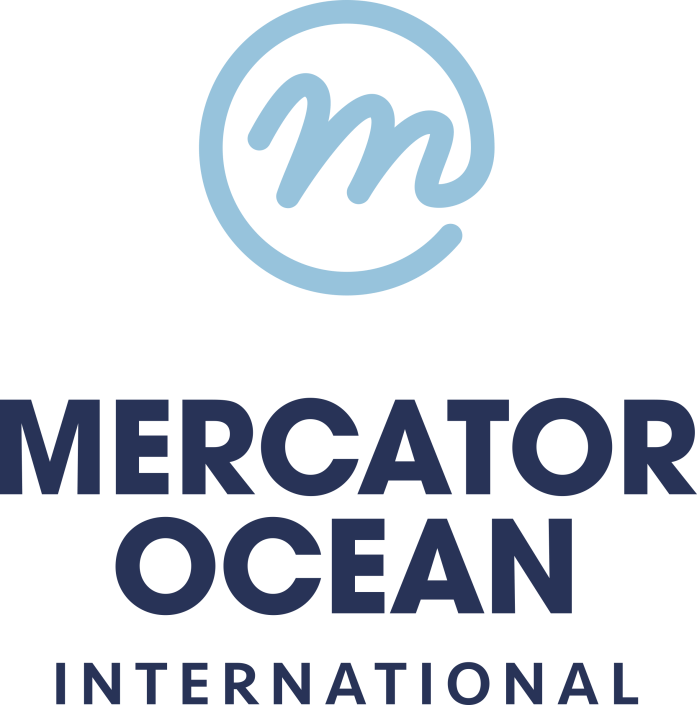


Partners
Marko Scholze, Lund University
Eirik Malnes, NORUT
Thomas Diehl, JRC
Steffen Tietsche, ECMWF
Laurent Bertino, NERSC
Carolina Gabarro, BEC, CSIC.
Thomas Lavergne, MET Norway
Annette Samuelsen, NERSC
Subscribe to the KEPLER mailing list
Get news delivered directly to your inbox.

